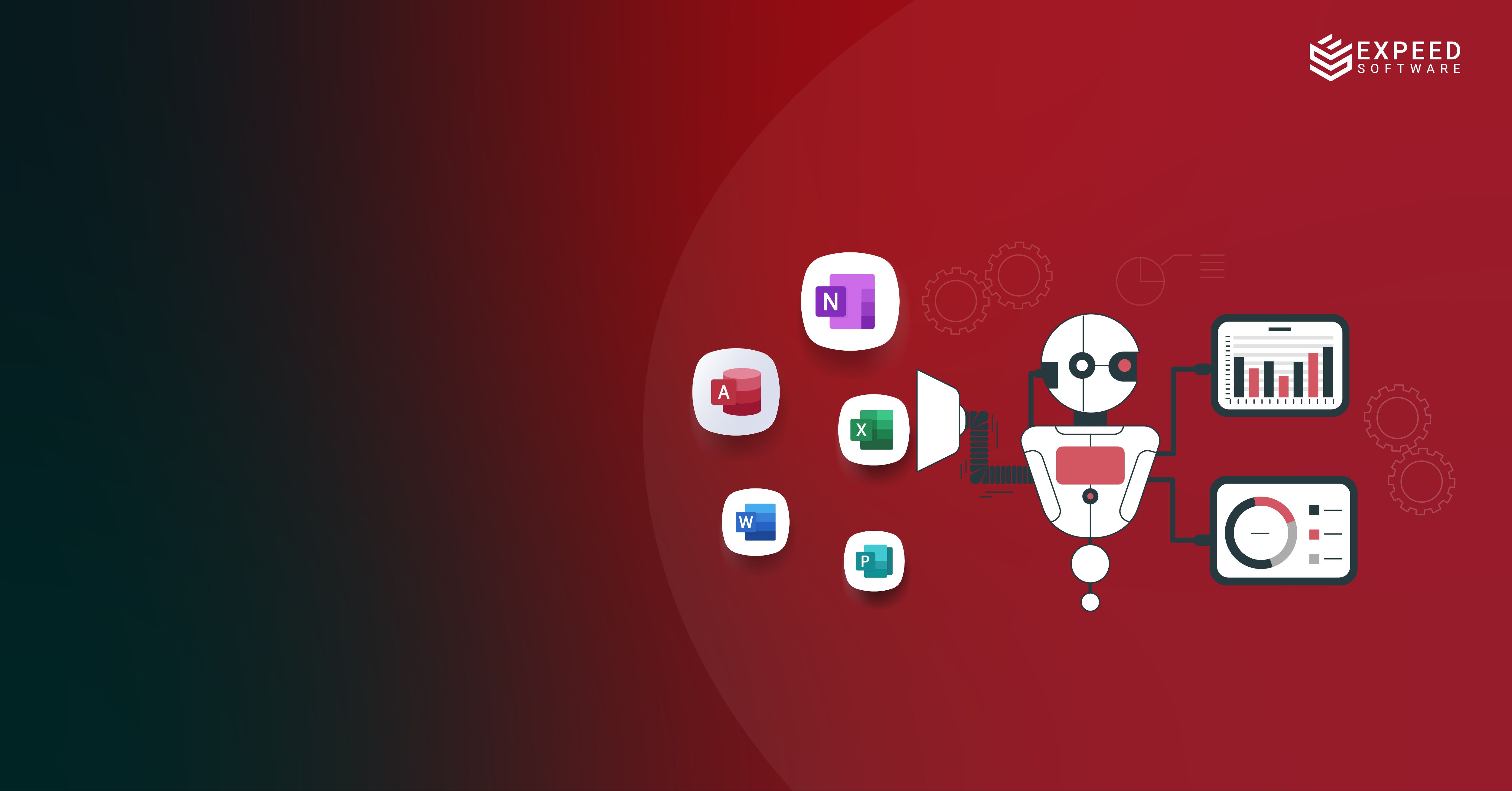User experience (UX) design has come a long way since the early days of the internet. With the advent of responsive design, designers have had to adapt their techniques to account for the multitude of devices that users now use to access the web. In addition, the rise of mobile apps has created new opportunities for UX designers to create engaging and user-friendly experiences. As the technology landscape continues to evolve, so too will the field of UX design. New technologies will create new challenges and opportunities for designers to improve the user experience.
Here we will investigate how different technologies are changing UX as we know it.
In-app customer communication
In-app customer communication allows customers to communicate directly with businesses through messaging apps such as WhatsApp and Facebook Messenger. This has many advantages for businesses, including the ability to provide live customer support and the ability to collect feedback directly from customers. However, it also has several implications for UX design. In particular, businesses must carefully consider integrating in-app customer communication into their overall UX strategy. Done well, it can be a valuable tool for providing an excellent customer experience. Done poorly, it can be a major source of frustration for users.
Interactive “Skeuomorphic” UI design
Skeuomorphic design refers to using real-world objects and textures in digital interfaces. These graphics look like real-life objects. This approach can help create a more immersive and intuitive user experience, making UI elements on a 2D screen appear more familiar and relatable. As a result, skeuomorphic design has become increasingly popular among UX designers striving to create more user-friendly and engaging interfaces.

Image source: Meta/Instagram
Gesture control without touching
Gesture control is a relatively new technology that allows users to control devices without physically touching them. This is achieved through sensors, which can detect hand movements and interpret them as commands. While this technology is still in its early stages, it has great potential to revolutionize UX design. In particular, it could make interfaces more accessible and user-friendly and open up new possibilities for interaction design.
Artificial Intelligence (AI)
Artificial intelligence (AI) is a rapidly evolving field with many potential applications for UX design. One of the most promising areas of AI for UX is conversational interfaces. This involves using AI to create digital assistants, such as chatbots, to communicate with users in natural language. It is estimated that there will be 8.4 billion digital voice assistants by 2024.

Image source: Statista.com
Voice UI
Voice user interfaces (VUIs) are a type of UX that allows users to interact with devices using voice commands. This technology is becoming increasingly popular due to the ubiquity of smart speakers and the rise of digital assistants such as Siri, Alexa, and Google Assistant. VUIs have the potential to make interfaces more user-friendly and efficient, as they allow users to interact with devices without having to use their hands.
Augmented Reality (AR)
Augmented reality (AR) is a rapidly evolving technology with many potential applications for UX design. AR allows users to view digital content in the real world through the use of devices such as smart glasses and head-mounted displays.
Expeed ensures that your applications are built with the best UX that takes advantage of the latest emerging technologies. Contact us today to learn more.

Expeed Software is a global software company specializing in application development, data analytics, digital transformation services, and user experience solutions. As an organization, we have worked with some of the largest companies in the world, helping them build custom software products, automate processes, drive digital transformation, and become more data-driven enterprises. Our focus is on delivering products and solutions that enhance efficiency, reduce costs, and offer scalability.


